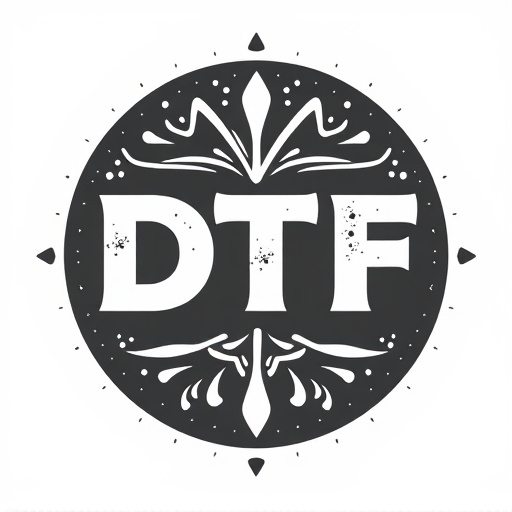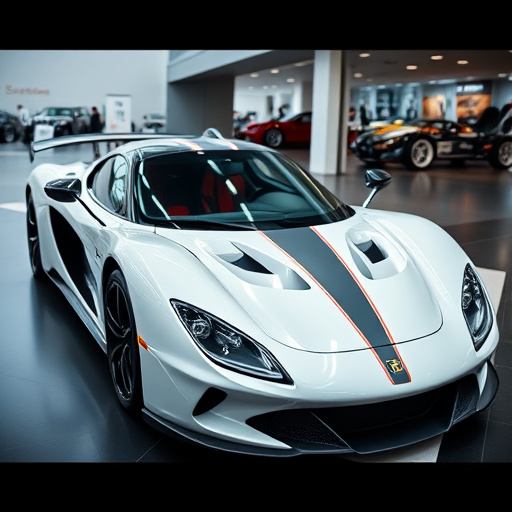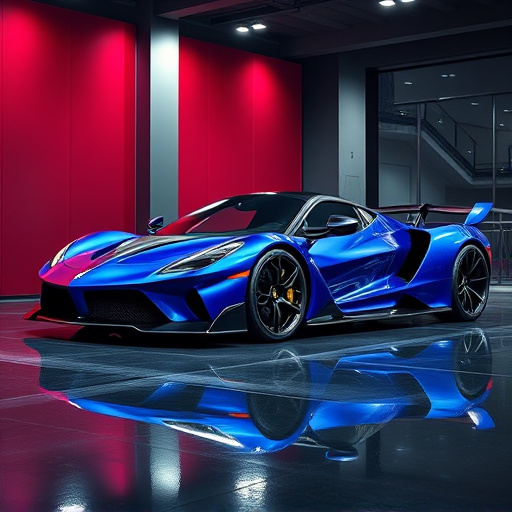Air intake brand reliability ratings are crucial metrics in the automotive industry, indicating the longevity of critical components. High ratings ensure optimal engine performance, vehicle efficiency, and durability, providing drivers with peace of mind. Key components like air intake systems require robust design to filter contaminants and withstand various conditions. Manufacturers play a vital role by prioritizing innovation, enhancing durability, and communicating transparently to meet customer expectations, thus improving brand reliability ratings.
Longevity expectation ratings are a powerful indicator of consumer trust in vehicle quality and performance. Understanding these metrics is crucial, as they influence purchasing decisions significantly. This article delves into how key factors like air intake, brand reliability, and durability contribute to overall vehicle longevity. We explore strategies for manufacturers to enhance expectations through innovation and transparency, fostering consumer confidence in an increasingly competitive market. By focusing on these aspects, automakers can ensure their vehicles not only last but also maintain high performance over time.
- Understanding Longevity Expectation Ratings: A Key Metric for Consumer Confidence
- The Role of Air Intake, Brand Reliability, and Durability in Vehicle Longevity
- Strategies for Manufacturers: Enhancing Longevity Expectations through Innovation and Transparency
Understanding Longevity Expectation Ratings: A Key Metric for Consumer Confidence

Longevity expectation ratings are a critical metric that gages consumer confidence in various products, especially those designed for prolonged use like vehicles or appliances. These ratings provide insight into how long a product is expected to last, influencing purchasing decisions significantly. For instance, when consumers consider buying an automobile, they often look at brand reliability ratings and durability estimates to gauge the vehicle’s longevity expectation.
In the context of automotive brands, air intake systems play a vital role in engine performance and overall vehicle efficiency. High air intake brand reliability ratings indicate that these components are designed not only for optimal airflow but also for durability over time. This is crucial as it ensures drivers’ peace of mind, knowing their vehicle’s critical parts will perform consistently without premature failure, thereby enhancing their overall driving experience and confidence.
The Role of Air Intake, Brand Reliability, and Durability in Vehicle Longevity

The components and reputation of a vehicle play a pivotal role in its longevity, as evidenced by key factors like air intake, brand reliability, and durability. Air intake systems, responsible for drawing in clean air to fuel the engine, must be robust against dust, debris, and contaminants to prevent damage over time. Efficient air filtration ensures optimal engine performance and can significantly impact the vehicle’s overall lifespan.
Brand reliability ratings are a testament to manufacturers’ commitments to quality and durability. Vehicles with consistent brand reliability records demonstrate superior engineering and craftsmanship, leading to fewer breakdowns and longer-lasting components. Moreover, considering durability as a core design principle allows automakers to create vehicles that withstand rigorous daily use, adverse weather conditions, and varying road surfaces, ultimately contributing to higher longevity expectation ratings.
Strategies for Manufacturers: Enhancing Longevity Expectations through Innovation and Transparency

Manufacturers play a pivotal role in shaping consumer perceptions of longevity and reliability when it comes to their products. To enhance customer expectations, especially in highly competitive markets, manufacturers should focus on two key strategies.
Firstly, innovation is the cornerstone of lasting success. By investing in research and development, manufacturers can create products that outperform competitors in terms of durability and air intake efficiency. This not only meets evolving consumer demands but also sets new standards in brand reliability ratings. Transparency about these innovations and their benefits will further reinforce the manufacturer’s commitment to quality and longevity.
Longevity expectation ratings are a powerful metric reflecting consumer trust in vehicle performance and reliability. By prioritizing air intake, brand reliability, and durability, manufacturers can significantly enhance these ratings and foster confidence among their customers. Embracing innovation and promoting transparency in production processes are key strategies to achieve this goal, ensuring vehicles not only last longer but also meet the evolving expectations of modern consumers.














